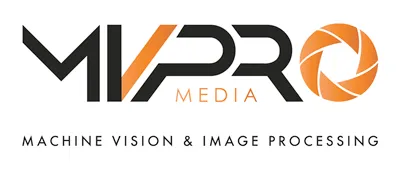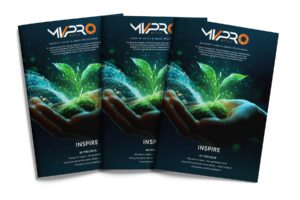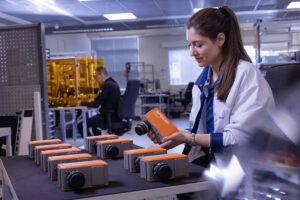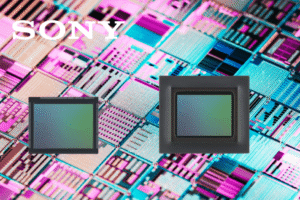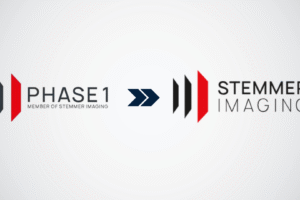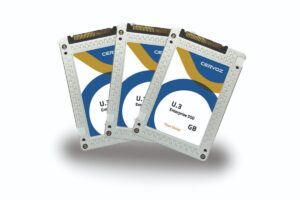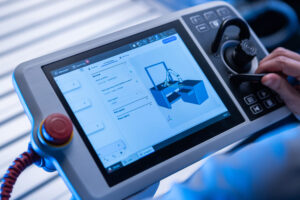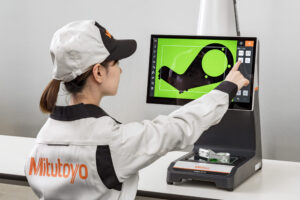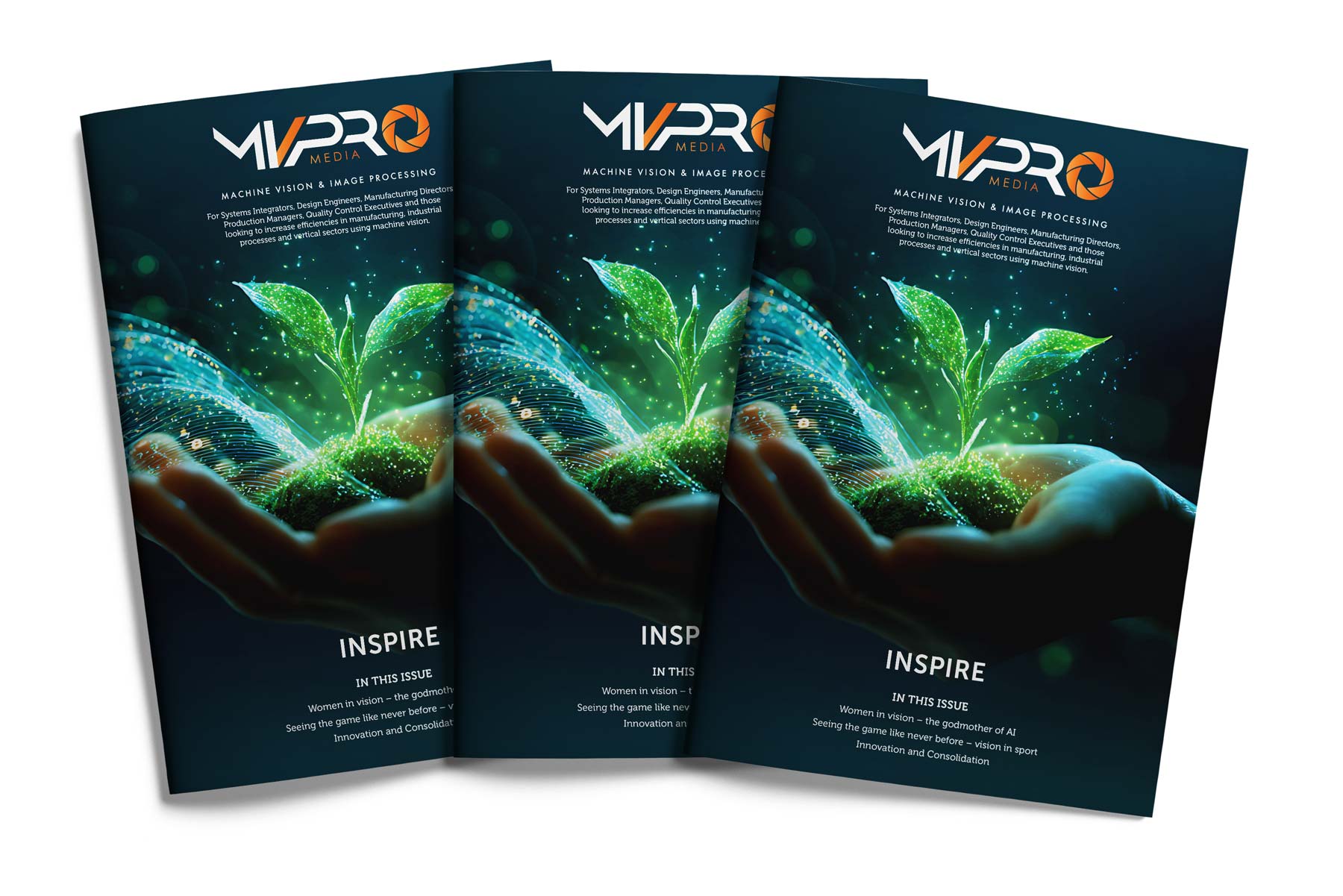Fluid flow analysis is undergoing a transformation with event-based vision technology, offering precision with drastically reduced data volume. This innovation is a game-changer for research, industry, and automation.
From optimizing aerodynamics to tracking blood circulation and minimizing emissions in combustion processes, understanding fluid flow is crucial. Measuring speed, direction, pressure, and turbulence enhances efficiency, safety, and innovation across various fields.
Breaking New Ground in Flow Measurement
Traditional methods, such as Particle Image Velocimetry (PIV), rely on high-resolution cameras to track particles within a flow. Now, iLA_5150 GmbH in Aachen, Germany, is taking this further with Event-Based Particle Image Velocimetry (EBIV). This cutting-edge technique integrates event-based cameras, specifically the uEye EVS from IDS Imaging Development Systems GmbH, to achieve highly dynamic and energy-efficient motion detection—especially for fast and turbulent flows.
How EBIV Works
Tiny particles are introduced into a fluid and illuminated within a light section plane. As they pass through the LED light, they generate flashes of brightness that the event-based camera records as “change events.” Unlike conventional cameras that capture every frame indiscriminately, event-based models react only to changes in brightness, filtering out static background noise and dramatically reducing data volume.

Achieving 10,000 Frames Per Second with Minimal Hardware
Event-based cameras capture three key pieces of information: pixel location, microsecond timestamps, and brightness changes (ON or OFF events). With specialized software, this data is converted into an image matrix comparable to ultra-high-speed cameras—at a fraction of the cost.
“Traditional high-speed imaging generates massive data loads, requiring expensive, complex systems to process them. Event-based cameras achieve comparable frame rates—up to 10,000 frames per second—using standard PC interfaces like USB. This makes them an affordable alternative, particularly for teaching and research institutions,” explains Dr. André Brunn, Head of Development at iLA_5150 GmbH.
Enhanced Visualization and Real-Time Analysis

The EBIV system converts event data into an interactive visualization in the EBIV Viewer. Users can fine-tune parameters such as integration time and frame sequence intervals to optimize movement clarity. Classic image filters further enhance the visualization, making both fine flow details and large-scale patterns more discernible.
For qualitative visualization, particles remain continuously illuminated, appearing as glowing traces that map the flow. However, for precise numerical analysis, particles are illuminated momentarily with short, timed pulses. By comparing particle positions in consecutive frames, the system calculates flow speed and direction with high accuracy, producing a transient 2D vector field that evolves over time.
Advanced Camera and Software Integration
At the core of this breakthrough is the uEye XCP-E camera from IDS. Compact and robust (29 × 29 × 17 mm), it features a durable die-cast zinc housing, USB Micro-B connectivity, and compatibility with standard C-mount lenses. Its integrated event-based vision sensor, developed by Sony and Prophesee, is supported by the Metavision SDK—an advanced software suite for efficient analysis and customization.
Complementing this, the EBIV Viewer from iLA_5150/PIVTec is specifically designed for flow visualization, providing real-time insights into fluid dynamics.
A Cost-Effective Future for High-Speed Flow Imaging

Understanding fluid dynamics is essential for optimizing systems and processes. While traditional high-speed cameras deliver exceptional results, their cost and complexity have been barriers—especially in education and research. Event-based vision offers a game-changing alternative: cost-effective, highly efficient, and simple to deploy.
Thanks to extreme data reduction, multiple cameras can operate simultaneously without overloading data transfer systems. The compact uEye EVS models are also ideal for mobile applications, enabling direct analysis in real-world environments—without the need for artificial flow models or laboratory settings.
With event-based vision technology, high-speed flow analysis is more accessible than ever, opening new frontiers in science and industry.
